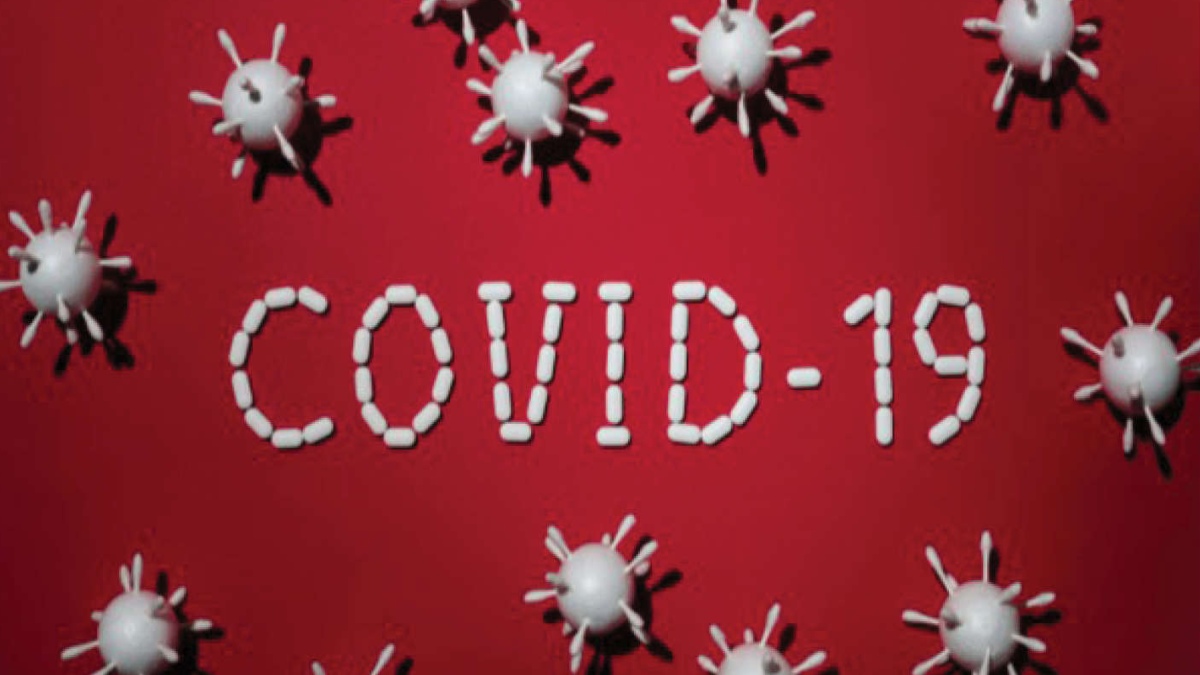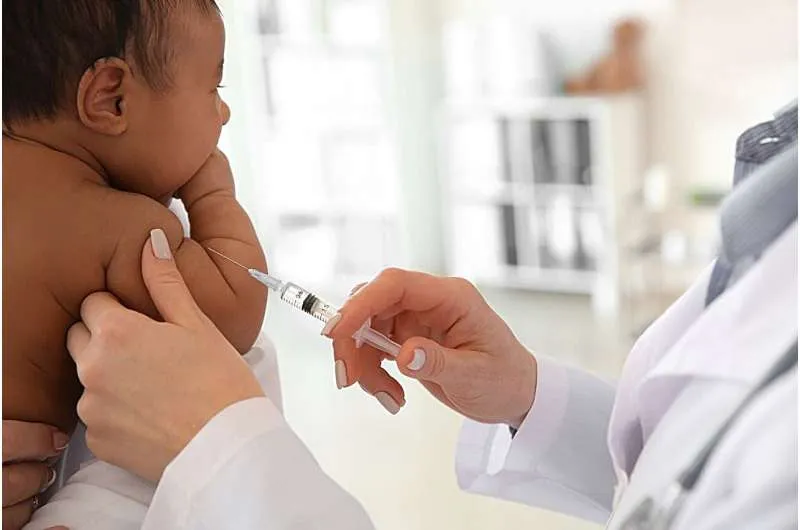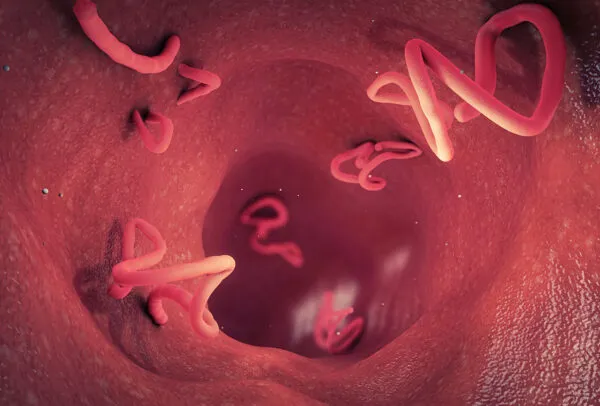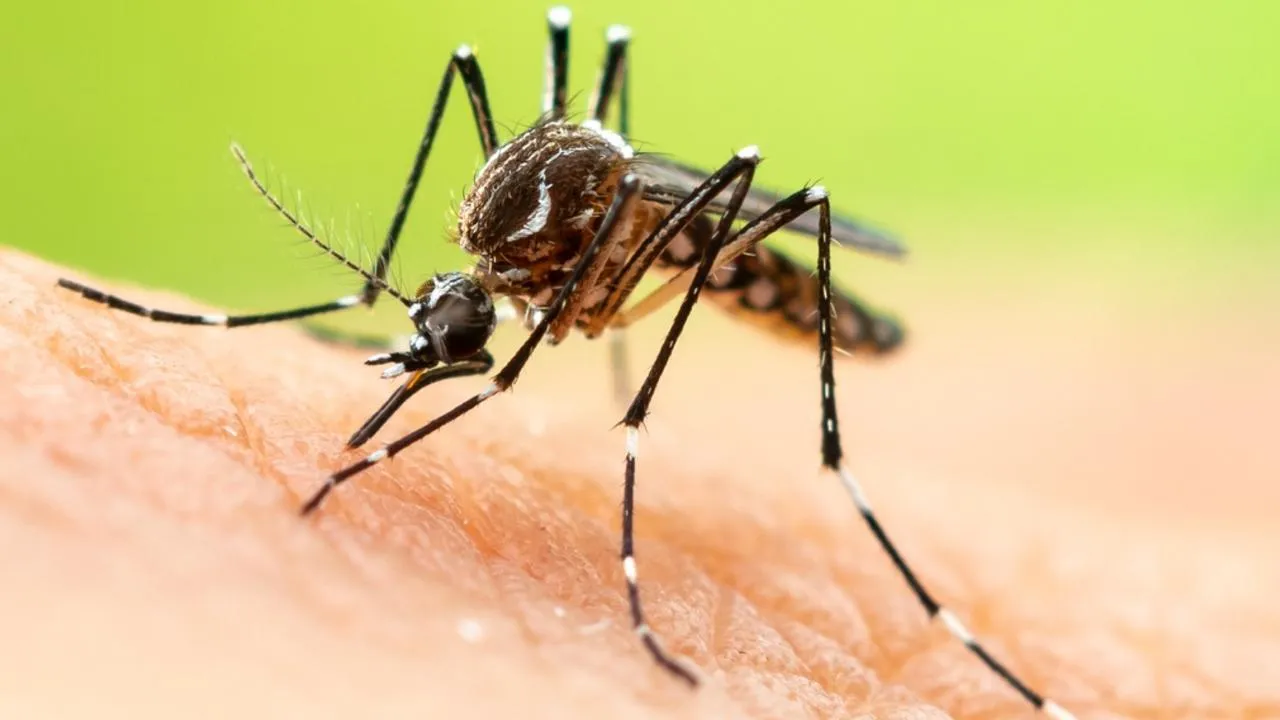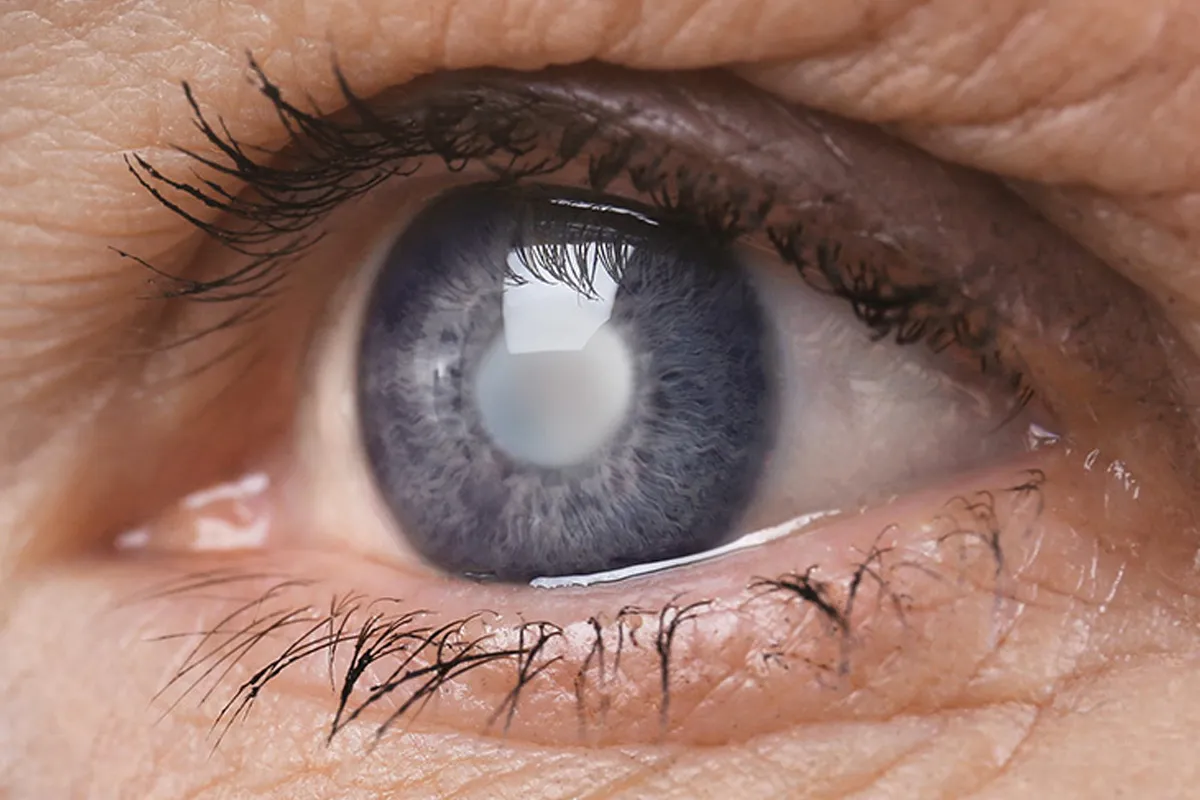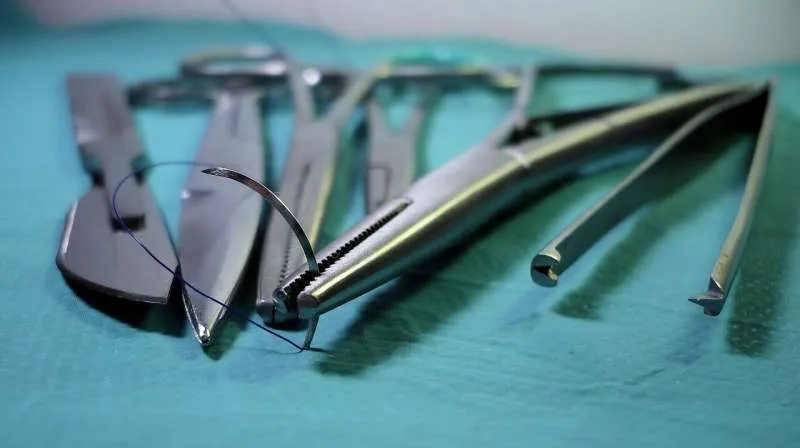Severe acute respiratory syndrome Coronavirus 2 (SARS-CoV-2), the pathogen responsible for coronavirus disease 2019 (Covid-19), has caused morbidity and mortality on an unprecedented scale globally. Strict restrictions during lockdown have led people to adopt a sedentary lifestyle, which is characterised by physical inactivity, poor dietary habits, and irregular sleep patterns that promote deterioration of muscle mass and function, loss of bone mineral density (BMD), and an increase in body fat or adiposity. Moreover, lengthy hospitalisation due to a Covid-19 infection can result in a prolonged period of bed rest. This is associated with various chronic, lifestyle-related, non-communicable diseases such as sarcopenia, osteoporosis, frailty, obesity, dyslipidemia, diabetes mellitus, hypertension, cardiovascular and cerebrovascular diseases, cognitive impairment, and depression.
Scientific and clinical evidence on the subacute and long-term effects of Covid-19, which can affect multiple organ systems. Early reports suggest residual effects of SARS-CoV-2 infection, such as fatigue, dyspnea, chest pain, cognitive disturbances, arthralgia, and a decline in quality of life. Cellular damage, a robust innate immune response with inflammatory cytokine production, and a pro-coagulant state induced by SARS-CoV-2 infection may contribute to these sequelae.
A plethora of reports on the long-term consequences of Covid-19, including the musculoskeletal system, have been published. Systemic inflammation may play a role in the physiology of bone and joint tissue in Covid -19 patients. Cytokines that are induced by Covid -19 include CXCL10, IL-17, and TNF-alpha.
They are responsible for reducing the proliferation and differentiation of osteoblasts. Corticosteroids administered to most patients treated for Covid -19 in the hospital also have an adverse effect on bone tissue.
Single nucleotide polymorphisms in various genes encode for proinflammatory proteins, such as IL-1b, IL-6, and IL-8, which may affect the biological activity and contribute to hypercoagulability in Covid -19 patients, thereby increasing the risk of bone necrosis. The combination of hypercoagulability, leukocyte aggregation, and vasculitis can impair blood flow in the blood vessels of the bone and contribute to the development of bone necrosis. ACE2 deficiency, caused by the viral invasion, can lead to bone matrix degradation. Given that coronaviruses cause pneumonia and infection of the upper respiratory tract via ACE2 receptors in ATII cells, ACE2-dependent effects on bone tissue should also be noted. ACE2 is a potential factor that regulates bone biology during Covid -19 infection. There is a lack of consensus about the dose and duration of corticosteroid treatment as a risk factor for developing AVN (avascular necrosis). In one of the studies, patients were administered 6 mg/day. It was concluded that Covid-19 disease appears to be an independent risk factor for AVN and possibly accelerates the risk of AVN after a history of Covid -19 treated with steroid therapy.
Inflammation-induced pathogenesis is common in Covid-19 patients. Not only those inflammatory responses but also the innate immune system is biologically intertwined with the processes of bone homeostasis. Simultaneously, oxidative stress and inflammation responses as interdependent and interconnected processes that co-exist in the inflame milieu. The role of inflammatory factors has been closely associated with bone loss and early osteoclast genesis. It has been reported that the deficiency of ACE2 in mesenchymal stem cells (MSCs) increases the expression of TNF-α, which may be responsible for skeleton dysfunction and adverse structure outcomes. The inflammation stimuli initiated by SARS-CoV-2 can become chronic and lead to the secretion of plenty of pro-inflammatory cytokines, causing ‘cytokine storm’.
In the case of Covid -19, corticosteroids were primarily considered as a way to contain this “cytokine storm” and its aftermath: disseminated intravascular coagulation and shock. This usually occurs within the first 8–15 days of infection. SARS patients had reduced bone mineral density (BMD), which was initially thought to be primarily dependent on treatment with corticosteroids. However, reduced BMD was observed in SARS patients with acute illness, suggesting that in addition to the role of corticosteroids, alone illness also causes a decrease in BMD levels. BMD decreased by a mean of 8.6% (± 10.5%) from diagnosis to follow-up. The follow-up visits occurred a mean of 81 (± 48) days after hospital discharge. Secondary osteoporosis may occur as a post-acute sequela of Covid -19. Therefore, the bone health status of patients surviving Covid-19 hospitalisation should be monitored closely at follow-up visits to facilitate the prevention and early treatment of osteoporosis complications.
Although SARS-CoV-2 infection was initially described as causing severe respiratory disease, it is now known that infected individuals can rapidly progress to other organs as well, including the musculoskeletal system.
The disease itself and the use of corticosteroids are the primary causes of the adverse impact on the bones. AVN and loss in BMD have been noted in patients with SARS-COV. Containing ‘cytokine storm” and other proinflammatory mediators are thus the main goals for halting post Covid effects. It is imperative to take utmost care of protecting and preventing long-term damage to the bones and muscles post-Covid.
The author is MD. Clinical Pharmacologist and Nutraceutical Physician, Founder and CEO IntelliMed Healthcare Solutions.

